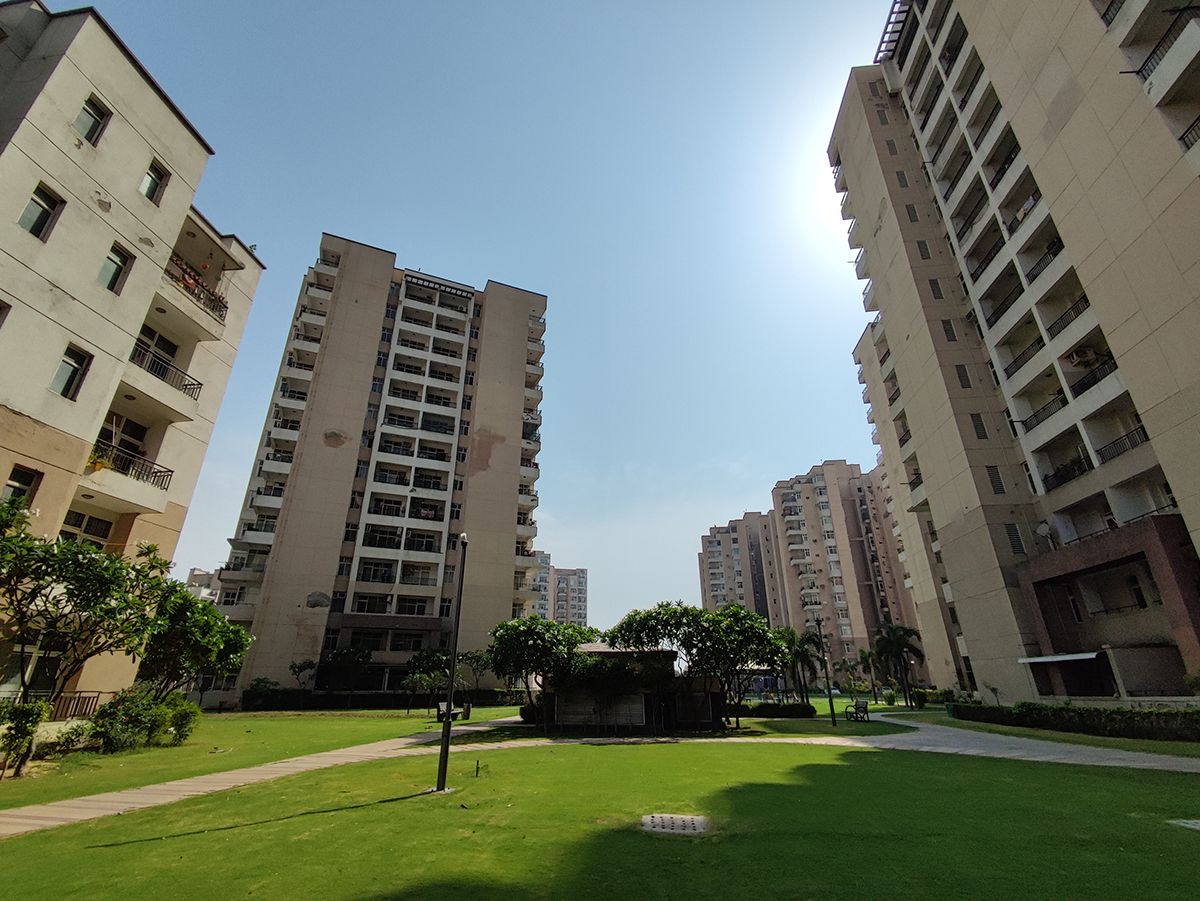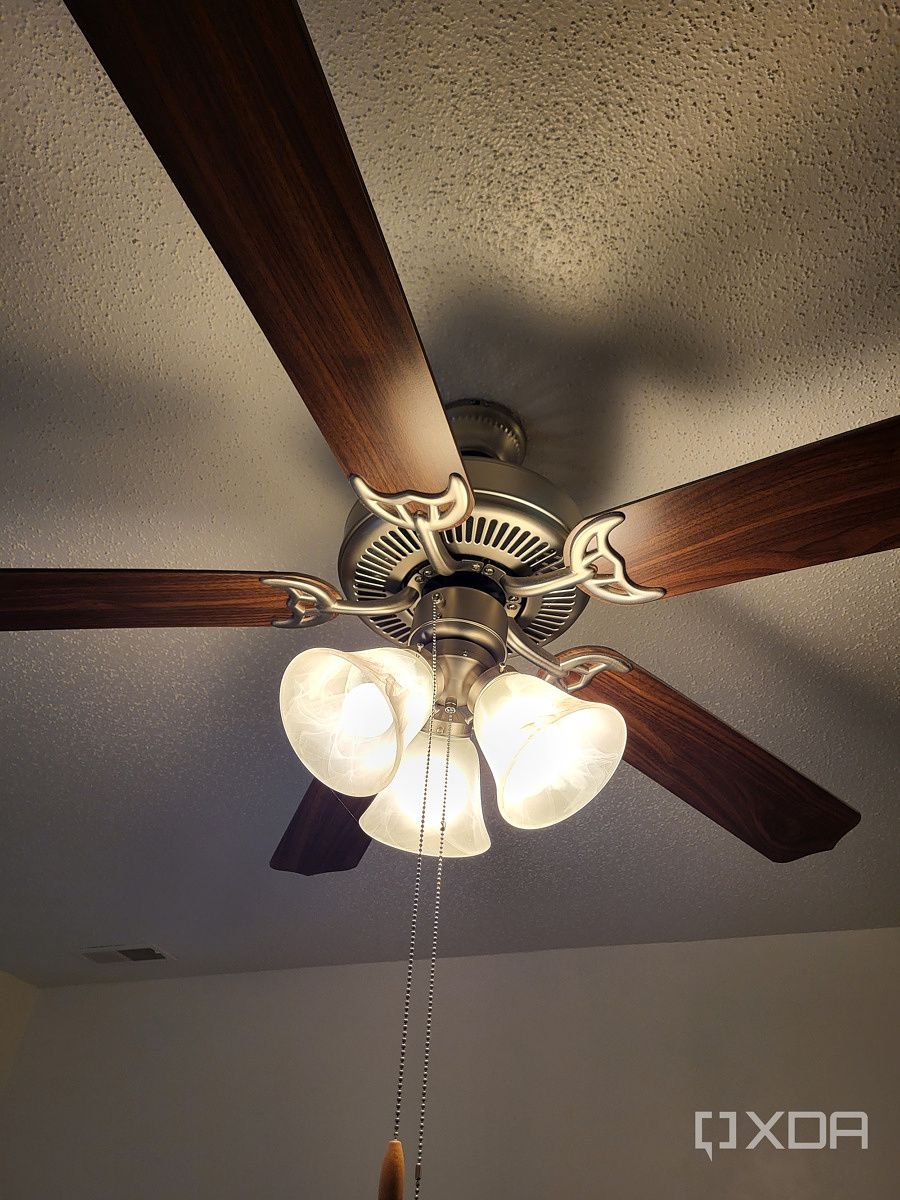The Google Pixel 6 Pro and the Sony Xperia 1 IV are two unique flagships, standing in stark contrast in pretty much every area, from design and display to their approach to photography. They’re great options for anyone who doesn’t want to go with the mainstream options such as the Samsung Galaxy S22 Ultra or the OnePlus 10 Pro. The Pixel 6 Pro was unveiled last year, while the Sony Xperia 1 IV arrived in May this year. If you’re having a hard time deciding which one is the best for you, read on as it’s time to pit the computational photography king against the phone with one of the best camera hardware.


Google Pixel 6 Pro Vs Sony Xperia 1 IV: Specifications
| Specification |
Google Pixel 6 Pro |
Sony Xperia 1 IV |
| Build |
- Aluminum mid-frame
- Gorilla Glass Victus front and back
- IP68 rating
|
- Metal and glass sandwich
- Gorilla Glass Victus front and back
- IP68 rating
|
| Dimensions & Weight |
- 163.9 x 75.9 x 8.9 mm
- 210g
|
|
| Display |
- 6.7-inch OLED
- 1,440 x 3,120 pixels
- HDR10+ certified
- Variable refresh rate between 60Hz to 120Hz
|
- 6.5-inch 4K OLED HDR (3840 x 1644)
- 120Hz refresh rate
- 240Hz touch sampling rate
- 100% DCI-P3
- HDR BT.2020 (Rec.2020)
- D65 White point
- 21:9 aspect ratio
- Corning Gorilla Glass Victus
|
| SoC |
|
- Snapdragon 8 Gen 1
- 1x ARM Cortex-X2 @ 3.0GHz
- 3x ARM Cortex-A710 @ 2.50GHz
- 4x ARM Cortex-A510 @ 1.80GHz
- Adreno 730 GPU
- 4nm process
|
| RAM & Storage |
- 8GB/12GB RAM
- 128GB/256GB/512GB UFS 3.1 storage
|
- 12GB RAM
- 256GB/512GB storage
|
| Battery & Charging |
- 5,004 mAh battery
- 30W fast wired charging
- Wireless charging
- Charger not included
|
- 5,000 mAh battery
- 30W fast charger (inside the box)
- Wireless charging
- Reverse wireless charging
|
| Security |
Optical in-display fingerprint sensor |
Side-mounted fingerprint scanner |
| Rear Camera(s) |
- Primary: 50MP main, f/1.9, 1/1.31″, OIS, binned
- Secondary: 12MP ultra-wide, f/2.2
- Tertiary: 48MP periscope, 4x optical zoom
|
- Camera setup:
- Primary: 12MP, f/1.7, 24mm, 1/1.7″, 1.8µm, OIS, Dual Pixel PDAF
- Secondary: 12MP ultra-wide, f/2.2, 16mm, 1/2.6″, Dual Pixel PDAF
- Tertiary: 12MP periscope, f/2.3-2.8, 85mm-125mm, OIS, Dual Pixel PDAF
- Quaternary: 3D iToF sensor
- Features:
- ZEISS optics
- 120fps read out speed (all lenses)
- 20fps AF/AE tracking burst with noise reduction (all lenses)
- 60fps continuous AF/AE calculations
- Real-time Eye AF (all lenses)
|
| Front Camera(s) |
11MP, f/2.2/1.22μm |
12MP |
| Port(s) |
- USB Type-C
- No headphone jack
- No microSD card slot
|
- USB Type-C port
- 3.5mm headphone jack
- Dedicated microSD card slot
|
| Audio |
|
- Full range front-firing stereo speakers
- Dolby Atmos
- Hi-Res Audio
- 360 Reality Audio (through speakers)
- 360 Spatial Sound (over headphones)
|
| Connectivity |
- 5G: Non-Standalone (NSA), Standalone (SA), Sub6 / mmWave
- LTE: Enhanced 4×4 MIMO, Up to 7CA, LTE Cat.20
- Wi-Fi 802.11 a/b/g/n/ac/ax (2.4/5/6GHz)
- Bluetooth v5.2
- NFC
- GPS, Galileo, GLONASS, BeiDou
|
- 5G (Sub-6Hz)
- Bluetooth 5.x
- 802.11 a/b/g/n/ac dual-band WiFi
- NFC
- GPS, GLONASS, Galileo
|
| Software |
- Android 12 with Pixel Launcher
|
- Android 12 out of the box
|
| Other Features |
- Single physical SIM
- Four major Android OS updates promised
- Five years of security patches
|
- MicroSD card support
- Dedicated camera shutter button
|
Design & Display
The design is the biggest and most notable difference between the Pixel 6 Pro and Sony Xperia 1 IV. The Pixel 6 Pro comes across as a bold, eye-catching device with all its curves and vibrant colors. The Sony Xperia 1 IV, in contrast, looks as boring as an unbuttered toast.
Sony’s design has evolved little since the introduction of the first Xperia 1 II. If you were to put the Xperia 1 II, Xperia, Xperia 1 III, and Xperia 1 IV side by side, you’d be hard-pressed to find any noticeable difference. The Xperia 1 IV is a rectangular glass-and-metal slab featuring a narrow aspect ratio and a no-notch display. The back houses a rectangular camera strip, while the right frame is home to the power button, volume keys, and the dedicated shutter button.


The Pixel phones have always been unique and interesting in the design department, and the Pixel 6 Pro is certainly the best-looking device that Google has ever produced. The dual-tone play and the large rectangular strip resembling a visor are stand-out elements of the Pixel 6 Pro, making the phone stand out from the crowd and giving it a bit of character.



Both the Sony Xperia 1 IV and Pixel 6 Pro sport high refresh rate OLED displays. The Pixel 6 Pro has a 6.71-inch LTPO AMOLED display with QHD+ resolution, HDR10+ support, and a centered hole punch.
The Xperia 1 IV features a 6.5-inch 4K OLED display with 3840 x 1644 resolution and a 21:9 tall aspect ratio. The panel has no cutout or notch, so you get the full unobtrusive view. As impressive as it may sound, 4K resolution on a tiny smartphone screen is overkill. Even in a side-by-side comparison, you’re unlike to spot a difference between a QHD panel and a 4K panel. But yeah, if you want to consume 4K HDR content on a smartphone, the Xperia 1 IV is the only device on the market that can do it.
Also, the Xperia 1 IV panel is brighter than the Pixel 6 Pro, so it will be easier to use outside on sunny days. Overall, we think the Xperia 1 IV has a better panel than the Pixel 6 Pro. It’s brighter, has no notch, and offers more resolution.
Cameras
Both the Pixel 6 Pro and Sony Xperia 1 IV are camera-focused devices. The Pixel 6 Pro offers a triple camera setup, featuring a 50MP f/1.9 Samsung GN1 main sensor, a 12MP ultra-wide camera with 114-degree field-of-view, and a 48MP periscope lens with 4x optical zoom. The Pixel 6 Pro also offers several neat camera tricks such as Magic Eraser, Action Pan, Real Tone, and astrophotography mode.
Pixel 6 Pro camera samples










The Sony Xperia 1 IV has three 12MP shooters. There’s a 12MP main shooter with a 24mm equivalent focal length, a 12MP ultra-wide shooter, and a 12MP periscope zoom lens that can smoothly switch between different focal lengths between 85mm (3.5x) and 125mm (5.2x). Finally, there’s also a ToF sensor for collecting depth data. All three lenses offer 120fps read-out speeds, Real-time Eye AF, 20fps burst shooting with HDR, and 60fps continuous autofocus and auto-exposure calculations.
Sony Xperia 1 IV










There’s no doubt both devices pack some impressive camera hardware. However, there’s a stark difference when it comes to their approach to photography. While the Pixel 6 Pro leans heavily on computational photography and post-processing, the Xperia 1 IV puts you in the driver’s seat and gives you greater control over the final output of your shot.
For most average users, the Pixel 6 Pro is the best choice. The Pixel 6 Pro consistently produces stellar photos across all lighting conditions, thanks to its amazing computational photography prowess. It’s one of the best point-and-shoot cameras smartphones, and the effort needed for an amazing click is very low.
However, if you’re a photographer or content creator who knows what they are doing, you might get more mileage out of the Xperia 1 IV, as it gives you sophisticated manual camera controls and more control over the image output. You no longer have an AI choosing the right settings for you — instead, you do that yourself, and there’s a certain freedom to such manual control.
Performance
Both phones also differ when it comes to the processing package. The Pixel 6 Pro uses Googe’s in-house Tensor SoC, which was uniquely developed and optimized for the phone. It features two Arm Cortex-X1 cores, two Cortex-A76 cores, and four Cortex-A55 power-saving cores. In addition, the chipset also features several other components that are used for on-device machine learning, AI-powered features, and camera processing. These include the Tensor Processing Unit, Low-power Context Hub, Titan M2 security chip, and IMage Signalling Processor (ISP).
The Sony Xperia 1 IV is powered by Qualcomm’s Snapdragon 8 Gen 1, featuring a 1x Arm Cortex-X1 core clocked at 3.0GHz, 3x Cortex-A710 cores running at 2.50GHz and 4x Cortex-A510 cores at 1.8GHz. The chipset is paired with 12GB RAM and 256GB/512GB UFS 3.1 storage.
Both phones pack 12GB of RAM. The Pixel 6 gives you three storage options: 128GB, 256GB, and 512GB, while you can pick the Xperia 1 IV with 256GB or 512GB of storage.
Whether you pick the Pixel or the Xperia, you have nothing to worry about the general performance. Both perform at a flagship level in day-to-day tasks. But note that both phones are susceptible to overheating on hot days and during heavy gaming since they don’t have a sophisticated cooling system.
Battery & Charging
Both the Pixel 6 Pro and Xperia 1 IV pack large 5,000mAh batteries. The charging speed is also the same, with both devices supporting 30W fast wired charging, which is on the conservative side when we have phones like the OnePlus 10 Pro topping out at 80W. Wireless charging support is also available on both devices. As you can see, both phones are neck to neck in the department. However, the Pixel 6 Pro enjoys an upper hand when it comes to real-world performance. That’s mainly because the QHD panel of the Pixel 6 Pro is less taxing on the battery than the Xperia’s 4K panel. In addition, the Pixel’s panel supports LTPO technology, which allows it to lower the display refresh rate to 10Hz to save power.
Google Pixel 6 Pro vs Sony Xperia 1 IV: Which one should you buy?
As you can see, the Pixel 6 Pro and Sony Xperia 1 IV are two capable flagships with powerful cameras. But if we had to choose one, it would be the Pixel 6 Pro. The Google Pixel 6 Pro is the perfect flagship for most mainstream buyers. It looks great, has a beautiful display, and its camera performance is among the very best. Add in Google’s amazing software support with four guaranteed OS updates, and you’ve got yourself a pretty great deal.
The Sony Xperia 1 IV is a powerful camera-focused flagship with a breathtaking 4K display and Qualcomm Snapdragon 8 Gen 1 chipset.
The Google Pixel 6 Pro runs on Google's in-house Tensor SoC and packs powerful cameras.
However, if you don’t mind the hefty $1,600 price tag and value features like a 3.5 audio jack, notch-less display, micro SD card slot, and manual camera controls, the Xperia 1 IV is a fantastic option.
The post Google Pixel 6 Pro vs Sony Xperia Pro 1 IV: Which camera smartphone should you buy? appeared first on XDA.
from XDA https://ift.tt/Lk4Fh1G
via
IFTTT























































